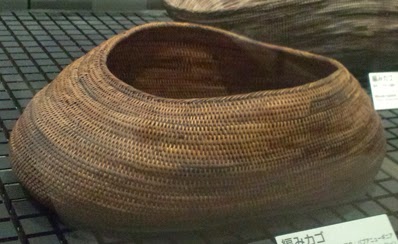See: Part One and Part Two
...It's important to look at the characters and word of 盤(simp.盘)根 Pan Gen (Coiling Roots) as it symbolizes what Baguazhang and Circle Walking strives to bring about in the practitioners body and one of the skills that is primary to Baguazhang's fighting strategy.
站桩'Zhan Zhuang' (Static Standing) is literally standing like a tree stump. Trees, either dead from disease or cut down for firewood are both cut off near the ground and the stump is left because it's too difficult to remove the stump as it's rooted deep into the ground. One of the purposes of 站桩'Zhan Zhuang' is to make each leg like a tree stump with roots going down into the ground and the opponent trips over it, etc. Some people advocate using one's imagination to picture roots growing into the ground while standing but in Baguazhang we advocate just proper biomechanics of the legs and proper use of tension and relaxation of the muscles of the legs, correctly grabbing the ground with the ten toes to slightly lift the arch of the foot off the ground, and various other factors and changes occurring in the whole body will, over time, improve one's root into the ground. This strong root allows for power transfer from the ground to the hand and a sense of power that is popular and well known and discussed at length in Taijiquan circles. It's become known as TJQ power generation.
But in Baguazhang we want to progress beyond that and develop a moving root (走桩 Zǒu Zhuāng), where unlike a tree that is stuck in one place, a person can step and move quickly around and at any point when a foot is touching the ground it's also deeply rooted. And we then we want to bring the roots all the way up into our 下丹田 Lower Dāntián, where power is now rooted in the Dantian, expressed horizontally via the Waist (Yao) and expressed vertically via the Spine (Ji). The true junction of roots to trunk is now at the waist and the roots of the Baguazhang practitioner are metaphorically exposed and this is 盘根 Pan Gen - the twisted, coiling, hardened roots of an old tree (盤根錯節 pángēncuòjié - twisted roots, intertwined joints) that have grown out of the ground and look like 'coiled up dragons' (龍盤 Long Pan).
It's this power rooted in and coming from the Lower Dantian (simply referred to as 'Yao' (waist)) that makes Baguazhang different from other Chinese Martial Arts, but it's important to build the Dantian in a specific manner that comes about from building/ cultivating (Lian) one's lower dantian while doing Circle Walking practice, instead of only cultivating it from Standing Practices (站桩 Zhan Zhuang) like other Martial Arts do.
Building/ Cultivating one's Lower Dantian is a process of internal and external physiological changes. Internally we are creating a hollow or relaxed area inside the lower abdomen so that the breath can be kept full and blood can be kept in the lower Vena Cava (major vein or reservoir of blood before leading into the heart) and externally it's the muscles of the abdomen, back and pelvic floor that wrap back in and contain it. It's like building a woven basket, where all the pieces or strands of the material being used is carefully 盤繞 Pánrào (intertwined, weaved, woven) together --
The Baguazhang Lower Dantian/ Basket is different. Since it's being built up while Circle Walking all of the physical changes that are happening are slightly different then other martial arts and it's more like in basket weaving where the basket is woven of strong yet flexible material and can be twisted and set on the ground it sort of flattens and won't tip over.
Turning the upper body in towards the center of the circle and constantly holding it there, while the hip(s) are moving-with (顺 Shun) the waist when the outside foot steps forward. But they're moving-against (逆 Ni) the waist when the inside foot steps forward. It's this constant wringing of the waist (like twisting and wringing out the water of wet clothing) that builds and cultivates the Baguazhang Lower Dantian.
.



I really enjoyed this three-part essay, Devlin. Circle-walking is a profound practice. Thanks for making the effort to describe what is going on when circle-walking is done correctly and consistently.
ReplyDeleteCheers--
Tom